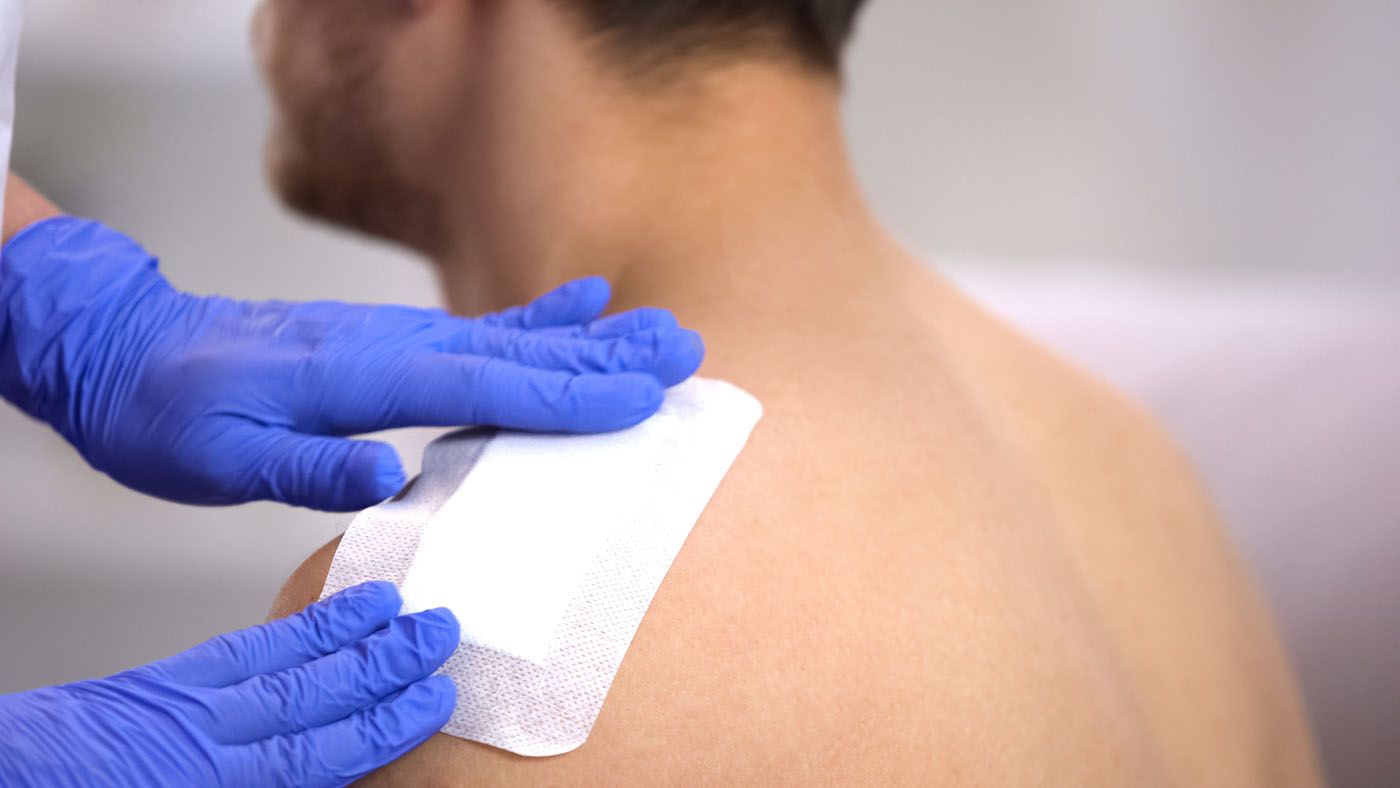Understanding Post-Operative Wound Healing
Written By: Rebecca Roberts, PT, DPT

Post-operative wound healing is a critical aspect of the recovery process following surgery, including those commonly treated at physical therapy – ACL reconstructions, rotator cuff tears, joint replacements, and abdominal/pelvic surgeries. The body undergoes a series of complex processes to repair the surgical incision and restore tissue integrity. Understanding the phases of wound healing, potential complications, and how to promote optimal recovery can significantly impact your health and overall well-being.
The Phases of Wound Healing:
Wound healing is a dynamic process that occurs in several overlapping phases: hemostasis, inflammation, proliferation, and remodeling. Each phase plays a crucial role in facilitating the healing process and ensuring the restoration of tissue structure and function.
- Hemostasis: The initial phase begins immediately after tissue injury, aiming to stop bleeding and form a temporary barrier to prevent further blood loss. Platelets and clotting factors work together to form a blood clot and initiate the healing cascade. During this phase PT focuses on protecting & supporting the body’s healing response.
- Inflammation: In this phase, the body’s immune system responds to the injury, clearing away debris and defending against potential infections. Inflammatory cells, such as neutrophils and macrophages, remove pathogens and damaged tissue, creating an environment conducive to healing. During this phase PT focuses on pain management, infection control, protecting & supporting the body’s healing response.
- Proliferation: During this phase, new tissue is generated to replace the lost or damaged structures. Fibroblasts produce collagen, the main structural protein in connective tissue, which helps to strengthen the wound and promote granulation tissue formation. Epithelial cells migrate across the wound bed to resurface the injured area. During this phase PT focuses on infection control and gentle mobilization to the tissue to promote good healing.
- Remodeling: The final phase involves the restructuring and maturation of the newly formed tissue. Collagen fibers realign along lines of tension, enhancing the wound’s tensile strength. The scar tissue undergoes gradual remodeling, resulting in a more organized and functional wound closure. During this phase PT focuses on scar mobility, gentle mobilization, and progressive loading to assist in increasing the strength and mobility of the new tissue.
Factors Influencing Wound Healing:
Several factors can influence the wound healing process, including the patient’s overall health status, the nature of the surgical procedure, and post-operative care practices. Chronic conditions such as diabetes, vascular disease, and immunodeficiency can impair wound healing and increase the risk of complications. Additionally, factors such as smoking, malnutrition, and medication use can negatively impact tissue repair and regeneration.
Promoting Optimal Wound Healing:
Optimal wound healing requires a multidisciplinary approach, involving the collaboration of surgeons, nurses, wound care specialists, and your physical therapist. Key strategies to promote optimal wound healing include:
- Proper wound care: Following the surgeon’s instructions for wound care, including cleaning, dressing changes, and monitoring for signs of infection. Let your PT know if you see any changes or have any concerns so they can address them when checking your wound.
- Nutritional support: Adequate nutrition is crucial for supporting the body’s healing processes. Patients should consume a balanced diet rich in protein, vitamins, and minerals to provide the necessary building blocks for tissue repair.
- Activity modification: Avoiding excessive strain or trauma to the surgical site is important for preventing wound dehiscence (opening) and promoting healing. Patients should follow activity restrictions and gradually resume normal activities as advised by their surgeon and physical therapist.
- Smoking cessation: Smoking can impair blood flow and oxygen delivery to the tissues, slowing down the healing process and increasing the risk of complications. Quitting smoking before and after surgery can significantly improve wound healing outcomes.
- Monitoring for complications: Vigilant monitoring for signs of infection, delayed wound healing, or other complications is essential for early intervention and successful management. Patients should promptly report any concerning symptoms to their surgeon and physical therapist.
Post-operative wound healing is a complex and dynamic process that requires careful attention and management. By understanding the phases of wound healing, identifying factors that influence healing outcomes, and implementing strategies to promote optimal recovery, healthcare providers can enhance patient outcomes and facilitate a smooth transition from surgery to rehabilitation. With comprehensive care and support, our patients can navigate the journey of post-operative wound healing with confidence to optimize their recovery.
Browse Our Blog
Categories
- Conditions (60)
- Ankle (4)
- Back (6)
- Elbow (4)
- Head & Neck (4)
- Hip (5)
- Knee (6)
- Pelvic (5)
- Shoulder (7)
- Wrist & Hand (3)
- Exercise & Movement (50)
- Physical Therapy (58)
- Therapydia Team (4)